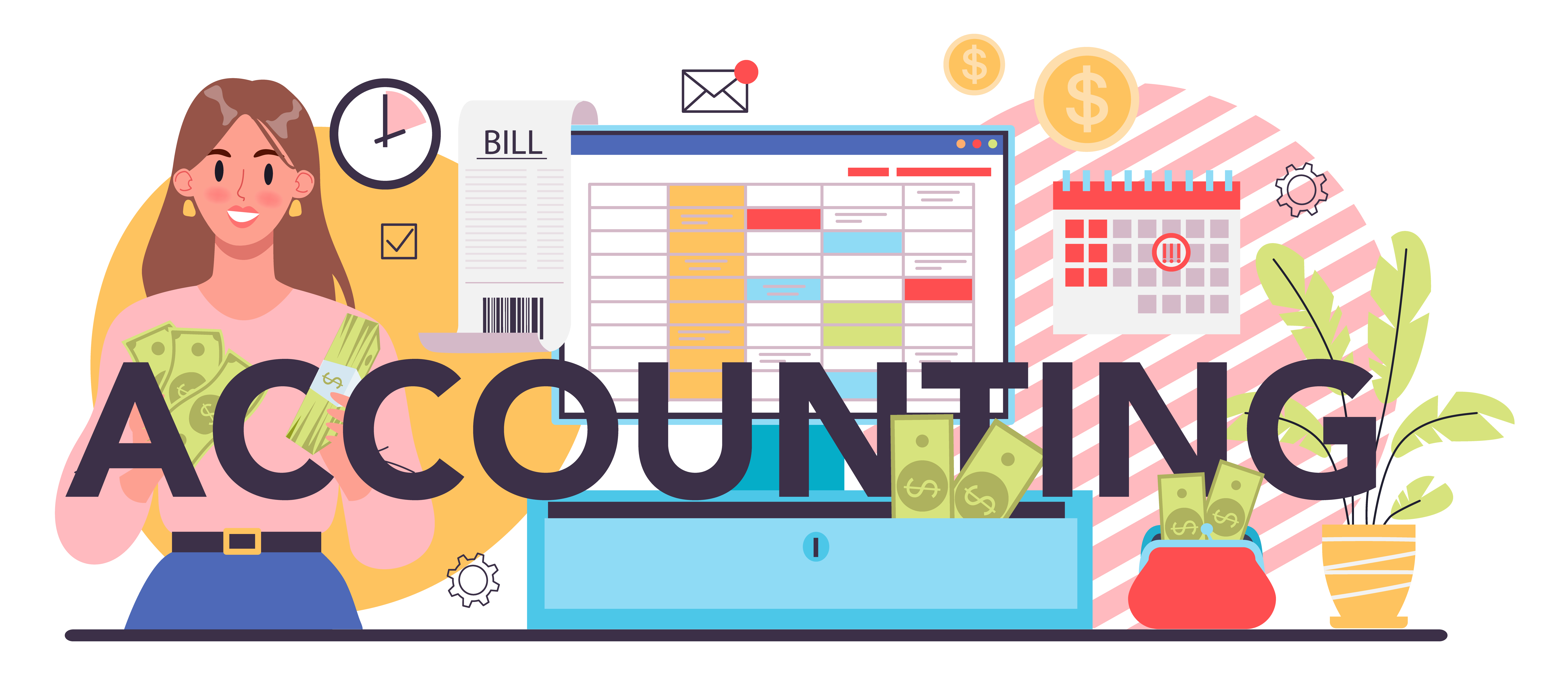
How to Set Up Accounting Software for Your Business: A Step-by-Step Guide
Setting up your accounting software is one of the most
important steps for any business. It simplifies accounting, improves accuracy,
and provides important financial insights to aid in decision-making. Whether
you are a small business
owner, a freelancer, or a mid-sized company owner, setting up your accounting
software properly will ensure a smooth financial process.
In this blog, we walk
you through the key steps to get your accounting software up and running
efficiently. We cover everything from choosing the right software to
integrating bank feeds to creating your first financial report.
Step 1: Choose the Right Accounting Software
Before you start the setup, it is important to choose accounting software
that meets your specific business needs. There are many options available, each
offering different features for different industries and business sizes.
Here are some popular options:
QuickBooks: Ideal for small businesses, it offers a wide range of
accounting, payroll, and tax management features.
Xero: Ideal for businesses that need powerful
invoicing and reporting capabilities with an easy-to-use interface.
Wave: Free beginner accounting software, perfect for freelancers
and small businesses with basic accounting needs. Important considerations:
Scalability: Choose software that can grow as your
business grows.
Integrations: Make sure it integrates with your existing systems. B.
Within your CRM or e-commerce platform.
Cloud-based vs. desktop: Cloud-based software can be accessed from anywhere,
whereas desktop solutions are stored locally on your device.
Step 2: Initial Setup and Company Information
Once you have chosen the right software, the next step is
to enter your company information into the system. Most accounting software will
help you through this process using an initial setup wizard.
What you'll need:
Company Name: Make sure your name matches your legal
documents. Address and Contact Information: Provide your registered company
address and primary contact information. Taxpayer ID or EIN: Your Employer
Identification Number (if applicable). You'll also need to choose the right
fiscal year (tax year) for your business and make sure it corresponds to your
reporting cycle.
Step 3: Customize your Chart of Accounts
Your chart of accounts is the backbone of your accounting
system. This is a list of accounts that categorize your business's revenues,
expenses, liabilities, assets, and capital. Most accounting software comes with
a standard chart of accounts, but it's important to customize it to suit your
business operations.
Common accounts include:
Revenue accounts: Used to track revenue from sales or
services. Expense accounts: Used to record business expenses such as rent,
utilities, and payroll. Asset accounts: Used to track business assets such as
equipment and inventory. Liability accounts: For loans, mortgages, and other
liabilities. Tip: Keep your chart of accounts simple and appropriate to your
company structure. If it's too complicated, it can cause confusion when
creating reports.
Step 4: Integrate your bank feeds and payment systems
Connecting your bank account to your accounting software
allows you to automatically import transactions, simplifying reconciliation and
ensuring up-to-date records.
Integration steps:
Go to the banking section of your software. Select your
bank and follow the instructions to securely connect your bank account. Enable
automatic feeds so transactions are imported on a regular basis. Payment
processor integration: If you accept online payments, you can also integrate
platforms like PayPal and Stripe to automatically record transactions from your
sales. This reduces manual entry and errors.
Step 5: Set up invoices and payment terms
Whether you're a freelancer invoicing clients or a retail
store invoicing large orders, most businesses need to issue invoices on a
regular basis. Setting up invoice templates in your accounting software ensures
consistency in your branding and payment terms.
How to set up invoices:
Design your invoice: Customize your invoice template with
your logo, business details, and payment instructions. Set up payment terms:
Define your standard payment terms for invoices (e.g. 30 net). Enable online
payments: Allow customers to pay directly via credit card, bank transfer, or
other integrated payment options. Tip: Automate recurring invoices for clients
you do business with regularly. This saves you time and ensures you get paid on
time.
Step 6: Enter your opening balance
If you're switching from a manual accounting system or
other software, you'll need to enter your opening balance. To do this, you'll
need to enter your current balance in your bank account, any outstanding
invoices, and any outstanding invoices into your new software.
Steps:
Go to the Opening Balances section (usually under Setup).
Enter the balances for each asset, liability, and equity account based on your
most recent financial report. Make sure these balances match your actual bank
and credit card statements, and compare them to your most recent balance sheet.
Step 7: Generate Reports
Once you're all set up, you can start creating key
financial reports to gain insight into how your company is performing.
Common reports include:
Profit and Loss Statement (P&L): Shows your income and
expenses over a period of time. Balance Sheet: Provides a snapshot of your
company's financial health, including assets, liabilities, and equity. Cash
Flow Statement: Tracks the inflows and outflows of cash within your business. Set
up automated reporting schedules (monthly, quarterly, yearly) to stay on top of
your company's financial health and make informed decisions.
Step 8: Backup and Security
Finally, set up automatic backups to ensure your accounting
data is safe. Most cloud-based programs back up your data automatically, but
it's a good idea to enable this feature and double-check.
Safety Tips:
Use strong passwords
for your accounts. Enable two-factor authentication (2FA) as an extra layer of
security. Regularly update your software to protect against security
vulnerabilities.
Conclusion
Setting up accounting
software doesn't have to be a difficult task. By following the steps above,
you'll have a streamlined, efficient accounting system that saves you time,
reduces errors, and provides you with valuable financial insights.
Need help setting up your accounting
software? Contact us today and we'll guide you through the process to ensure
your business runs smoothly from day one.